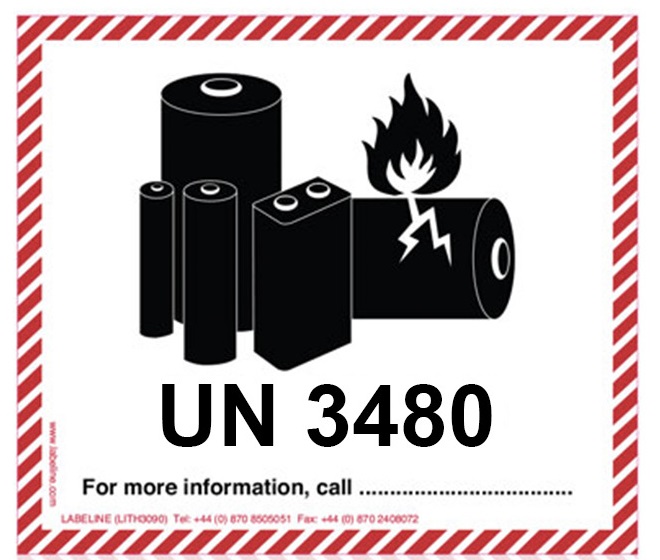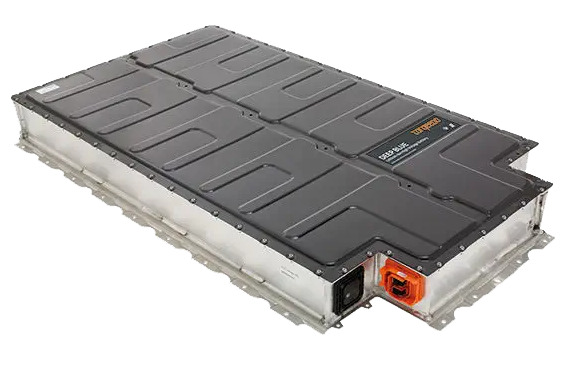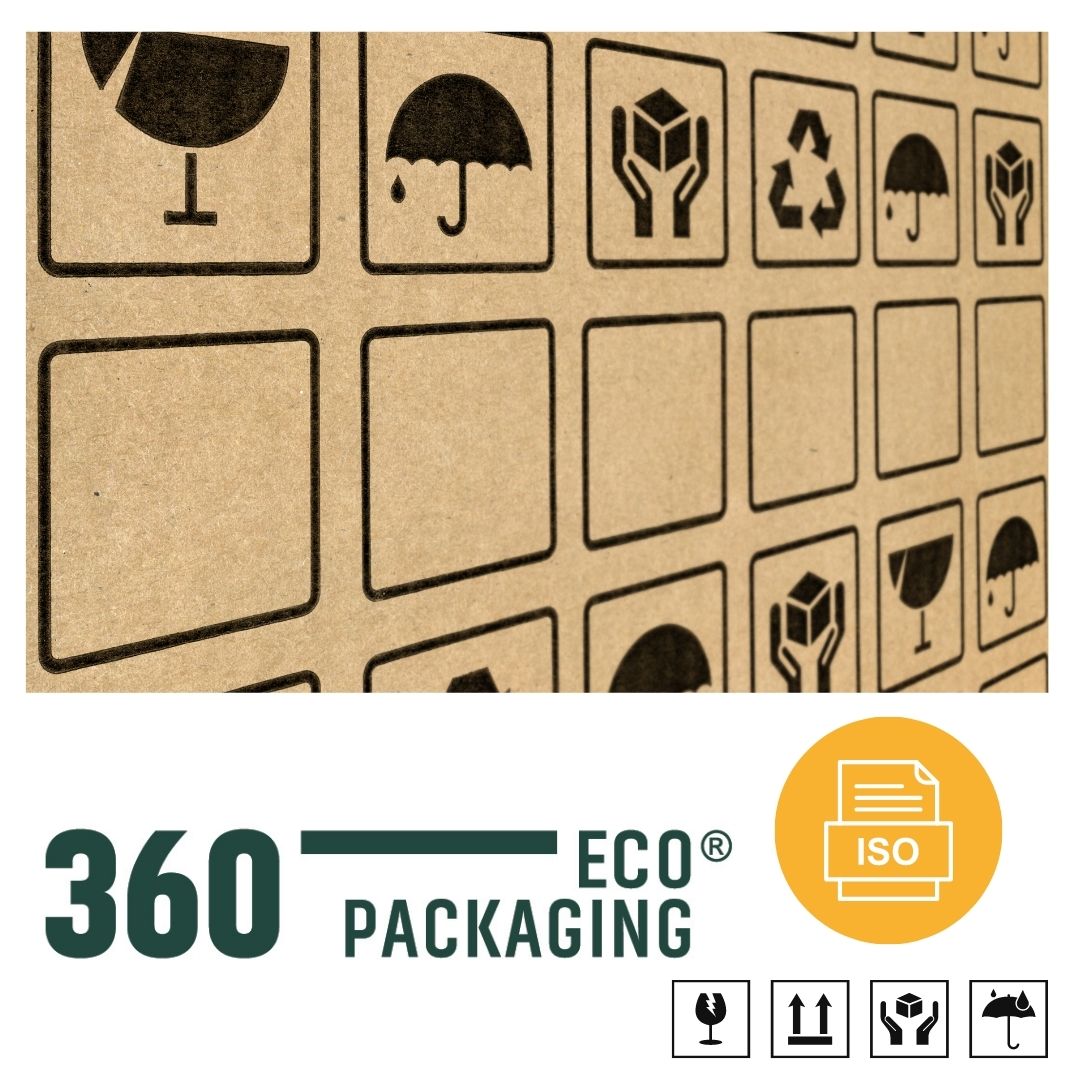Our cell phones, electronic devices and electric vehicles are powered by lithium batteries, a source of energy that is increasingly present in our daily lives.
By their nature, lithium batteries are considered dangerous goods, and as such require approved packaging to avoid potential risks during handling and transport, both for people and the environment. As certified and approved manufacturers of this type of packaging, we want to show in this post the high importance of storage and transport of this type of product.
Lithium battery regulations
All dangerous goods must comply with specific regulations and warnings, and batteries are no exception.
First of all, lithium batteries contain high levels of electrical energy, which makes them prone to overcharging, extreme temperature, short circuit and mechanical damage. Therefore, improper use or storage could lead to fires or explosions such as the one that occurred on the Felicity Ace cargo ship in 2022, with more than 4,000 luxury cars on board.
Therefore, manufacturers and intermediaries must use approved packaging, which complies with the regulations of the chosen means of transport, whether by land, sea or air. That is:
-
Land:
European Agreement concerning the International Carriage of Dangerous Goods by Road (ADR).
-
By Air:
International Civil Aviation Organization (ICAO) Technical Instructions (TI) for the Safe Transport of Dangerous Goods by Air and the International Air Transport Association (IATA) Dangerous Goods Regulations.
-
By Rail:
International Carriage of Dangerous Goods by Rail (RID).
-
By sea:
International Maritime Dangerous Goods Code (IMDG).

Packaging of lithium batteries
Secondly, there are a number of considerations to take into account when looking for solutions for handling and transporting batteries.
- Heat resistance: use materials resistant to high temperatures.
- Insulation: each battery must be individually insulated in its own compartment or container to avoid short circuits and shocks that could damage it.
- Avoid contact with metals: lithium batteries should not come into contact with metal objects, as this could cause short circuits. They should be separated from each other by non-conductive insulators, such as polyethylene or plastic foams.
- Hazard statements: use the correct labeling according to the applicable transport regulations.
- Stability: by means of protection and fastening elements that guarantee their safety. The heavier the battery, the more support it needs.
Identification and labeling of packaging for lithium batteries
The packaging of lithium batteries must also be provided with labels and information warning of the risks of handling and transport:
The class 9 identification label, model 9A, is mandatory.
The UN number, which identifies the material from four digits. The identification codes for the different types of batteries are:
Lithium-ion batteries UN-3480.
Lithium-ion batteries UN-3481 included or packaged in a device.
Lithium metal batteries UN-3090.
Lithium metal batteries contained or packaged in a device UN-3091.
The homologation password indicating the material, country, year of manufacture and manufacturer’s code.
In conclusion, please consult here without obligation our approved solutions for the storage of lithium batteries, individual or integrated in equipment, for each mode of transport.
Also in our usual communication channels: info@360ecopackaging.com and on the phone (+34) 699 239 392
![]()






